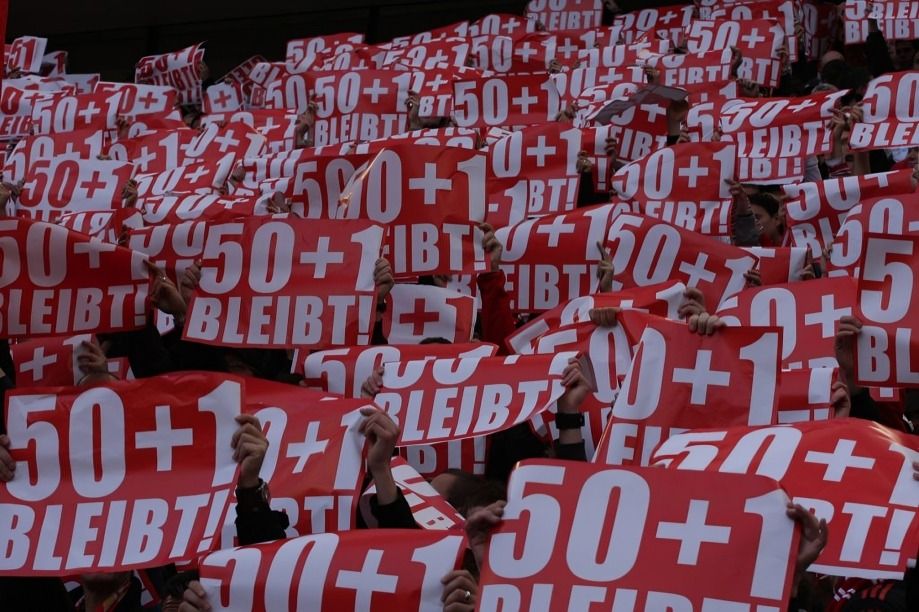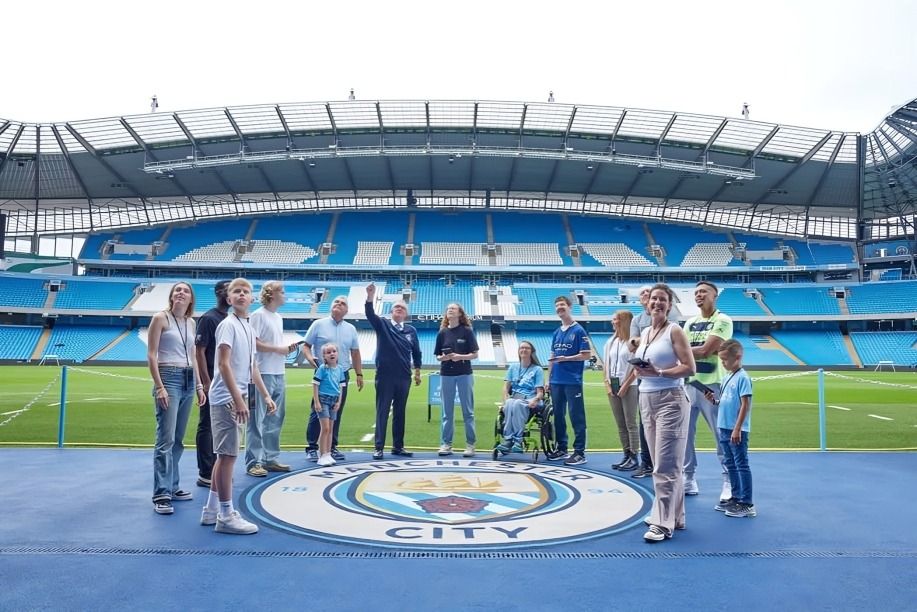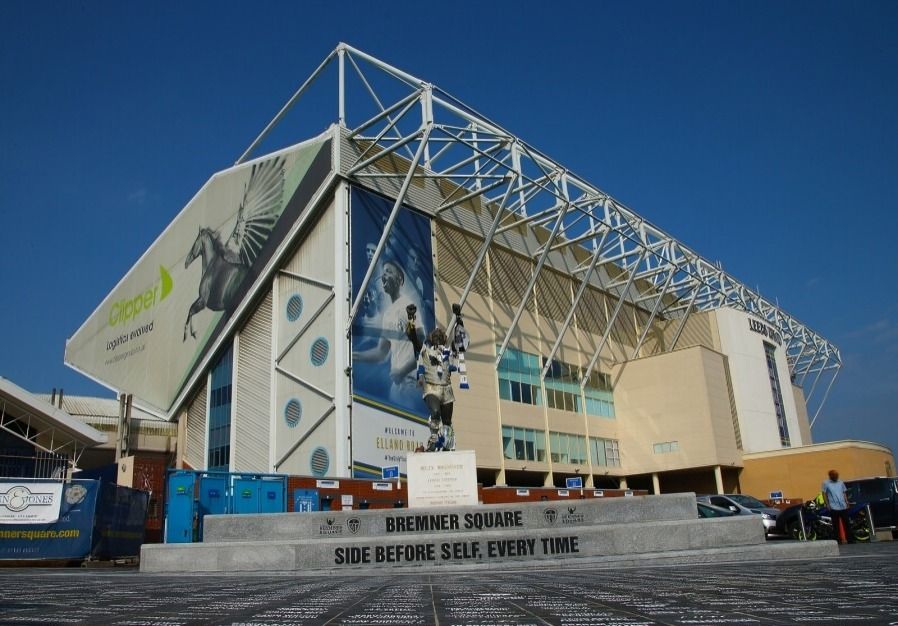
Football ownership structures have a profound effect on how clubs operate and succeed. While local supporters control some clubs through fan ownership, others are heavily influenced by wealthy private investors or corporations. In this piece, we look at 20 key Football Club Ownership Models, discussing how models like the fan-owned German clubs or the privately owned Premier League giants shape the sport. Football ownership plays a crucial role in the global game, whether it's about fostering community spirit or chasing financial dominance. 1
The partner ownership model, or membership model, allows club members to be the owners and participate in decision-making. Members have the right to vote on key issues and elect or remove the club president. 2
The public ownership model allows a club to be listed on the stock exchange, enabling the public to buy shares and become part-owners. This structure promotes transparency and public accountability. 3
The public ownership model allows a club to be listed on the stock exchange, enabling the public to buy shares and become part-owners. This structure promotes transparency and public accountability. 4

In the mixed ownership model, corporate investors hold a share of ownership while the club or its natural members retain the majority, typically 50+1. This structure seeks to blend the advantages of corporate investment with stability and governance.
Many top clubs, such as Manchester United and Chelsea, are privately owned by wealthy individuals or families. This model often allows for significant investment in players and facilities but can lead to tensions between owners and fans. 5
Some clubs, like FC Barcelona, operate under a public ownership model where members (socios) elect the board of directors. This democratic structure promotes accountability but can complicate decision-making processes. 6
In leagues like Major League Soccer (MLS), clubs are often owned by a single entity that operates multiple franchises. This model prioritizes league stability and uniformity but can reduce local identity. 7

Clubs such as Manchester City are owned by corporate entities, in this case, the Abu Dhabi United Group. This model brings substantial financial resources but raises questions about money's influence on football.
Private equity firms often acquire clubs, aiming for profit through asset appreciation and eventual resale. While they can inject capital, their short-term focus may not align with long-term club values. 8
Clubs like AFC Wimbledon and FC United of Manchester are fully fan-owned. This grassroots model promotes financial sustainability and community involvement, creating a unique bond between the club and its supporters. 9
Some clubs, such as Paris Saint-Germain, have been purchased by billionaires often looking for global influence. These owners can spend lavishly on star players, but their motives can sometimes be questioned. 10
State-backed investment funds have acquired clubs like Newcastle United. This ownership model can lead to immense financial power but raises ethical concerns regarding human rights and governance in the owner’s country. 11
Some clubs are owned by a consortium of investors, pooling resources for better management. This model can bring diverse expertise but may create conflicts of interest among stakeholders. 12
Some clubs operate as nonprofits in countries like Italy, focusing on social impact rather than profits. This model can emphasize youth development and community engagement over financial gain. 13
In clubs like Arsenal, significant shareholders can exert considerable influence on decision-making. This dynamic can lead to friction, especially when shareholders’ interests diverge from those of the fans. 14

Some clubs, such as Leeds United in the past, have operated with significant debt, relying on borrowed funds for operations and transfers. This model can lead to financial instability if not managed carefully.
Some clubs combine ownership models, such as fan ownership and private investors. This approach can balance financial backing with community representation, fostering a sense of shared purpose. 15
In response to fan pressure, some clubs are adopting transparency measures in ownership. Initiatives like open books and financial audits aim to build trust between owners and supporters. 16
Some ownership models prioritize investment in youth academies over immediate first-team success. Clubs like Ajax and Barcelona have built strong reputations for developing talent, ensuring long-term viability. 17
Some newer clubs, like Red Bull's franchises, operate under a decentralized ownership model, which allows for innovative management strategies across multiple teams but raises questions about individual club identity. 18